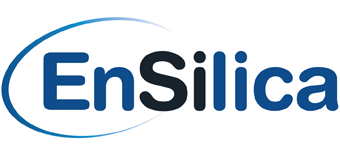EnSilica announces sensor interface IC targets wearable medical device markets
The chip, which will be initially available with evaluation boards, has been created to meet the needs of a diverse array of home-use and single-use medical sensors – from oximeters to smart plasters – as well as wearable healthcare sensors and fitness trackers. According to EnSilica, the IC is among the first of its kind […]
AST SpaceMobile Selects EnSilica for its next gen ASIC Chip
AST SpaceMobile, selects EnSilica to develop the next generation ASIC for space-based cellular broadband network.
EnSilica opens design centre in Sheffield
EnSilica’s new design centre in Sheffield, expertise in analogue, RF and digital design.
Designing for Automotive: The Door Opens Wider for Smaller Firms
Designing for Automotive: The Door Opens Wider for Smaller Firms
Shift from 8in to 12in Wafer Fabs Could Ease IC Shortages
The economics of 8in wafers make the current supply shortages a feature, not a glitch. Shifting to 12in can help future-proof your supply chain.
ASICs for implementing functional safety in battery-powered home appliances
Developing safety critical ASICs for implementing functional safety in battery-powered home appliances [EDN]
How to Write an ASIC Specification
EnSilica release technical guide to writing an ASIC specification: “Tell me what you want, what you really really want”.
5G Cellular Infrastructure and the Migration from FPGAs to Custom ASICs
5G cellular infrastructure and the migration from FPGAs to custom ASICs. [Electronic Design & Elektroniktidningen]
Developing safety critical SoCs and ASICs
An approach to functional safety that ensures SoCs comply with critical safety standards like ISO 26262 and DO-178.










